Art & Culture
- Details
- Written by Silvia Golan & Stephen Abrahams
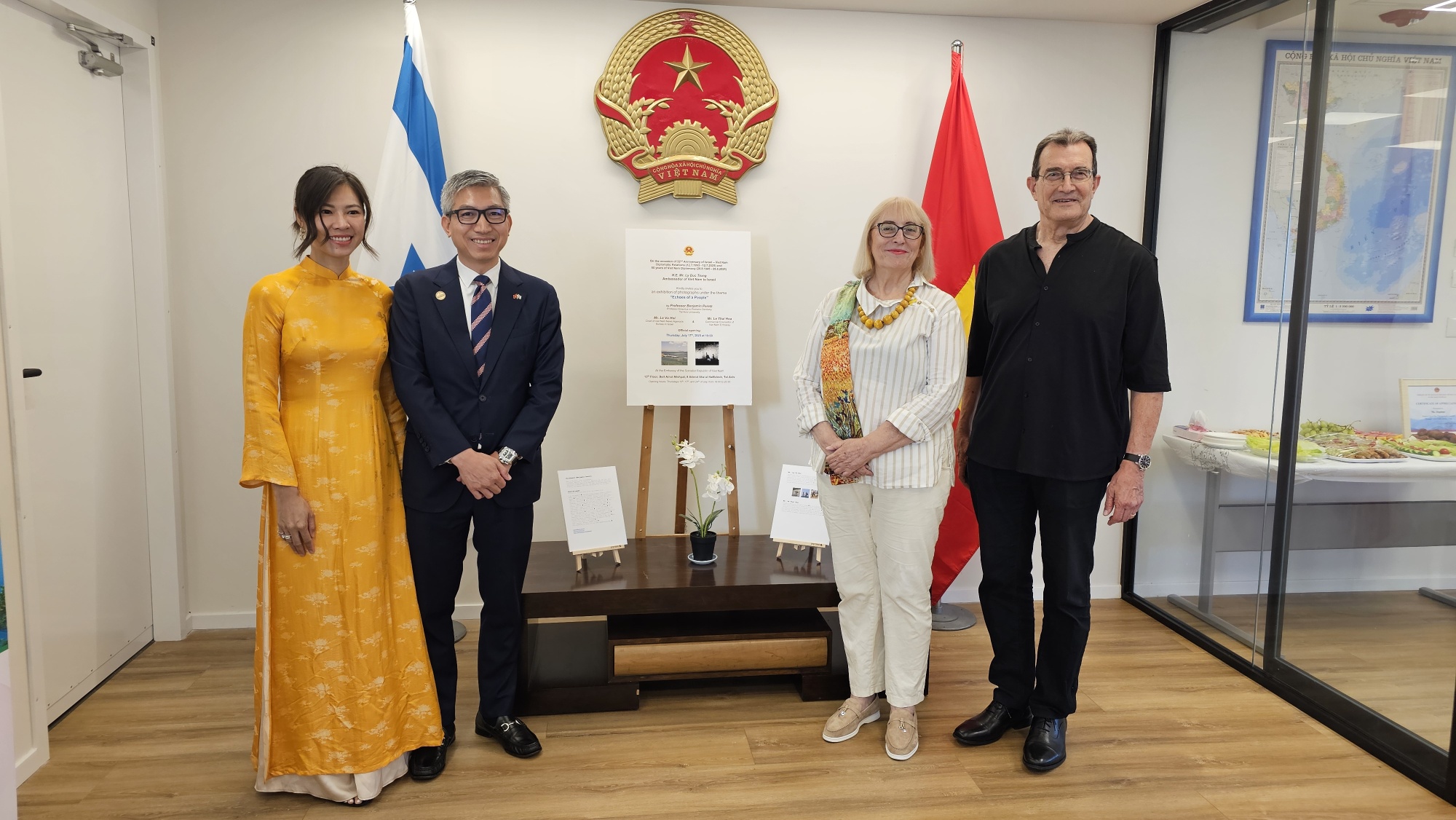
More pics at Facebook: Israel Diplo / Diplomacy Israel / Silvia G.Golan
- Details
- Written by Silvia Golan
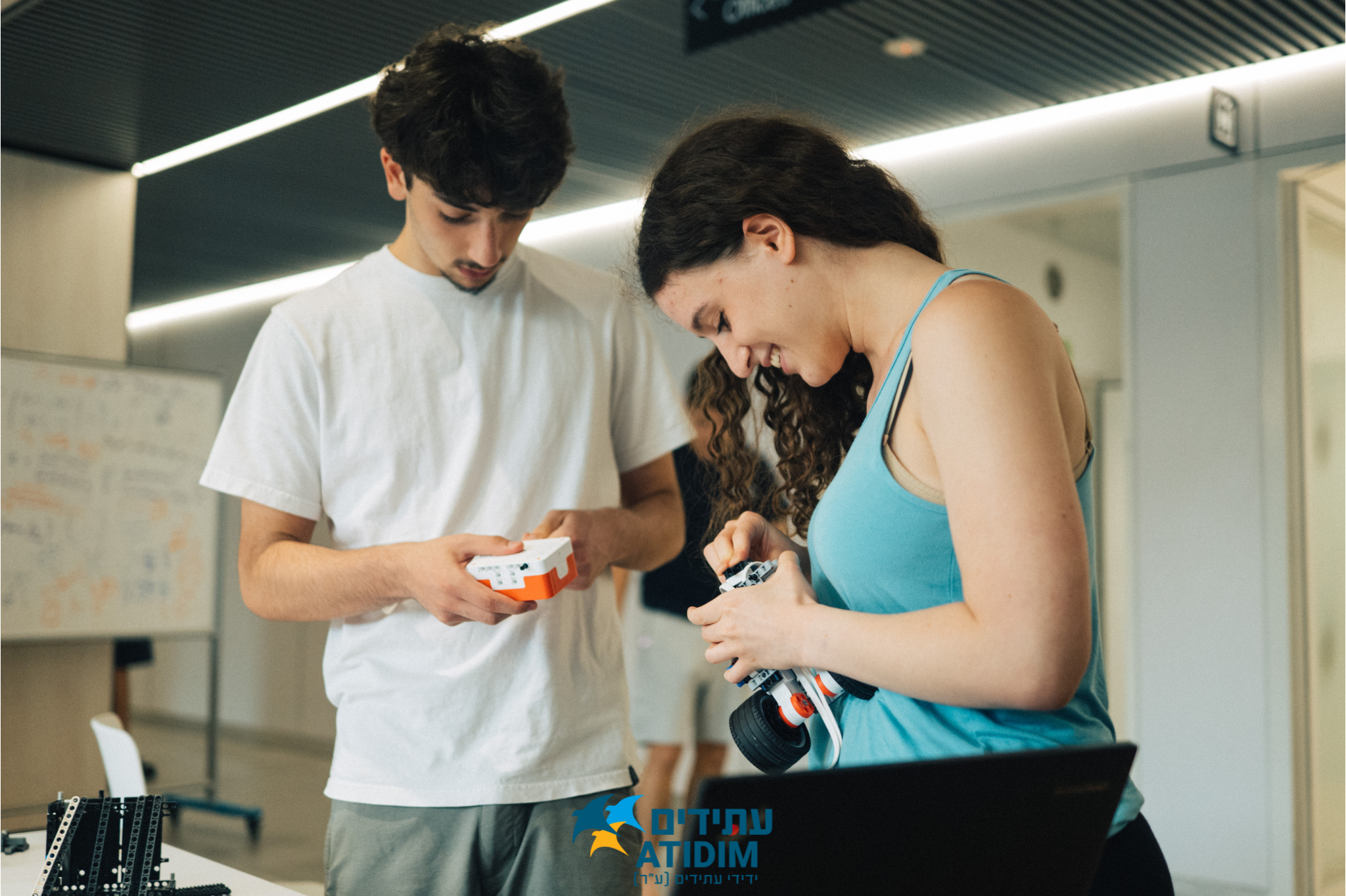
Orobophysics, an annual flagship academic enrichment program identifying the next generation of technology leaders from Israel’s geographic and social periphery, is now open for registration. The initiative, led by Atidim and the Faculty of Electrical and Computer Engineering at the Technion – Israel Institute of Technology, is supported through a unique funding model in partnership with leading organizations, including Bank Hapoalim.
As Israel’s demand for high-quality human capital in physics, engineering, and technology continues to rise, Orobophysics positions itself as one of the country’s premier academic enrichment tracks. It is designed for outstanding 12th grade students studying five-unit physics, mathematics, and English. The program emphasizes technological excellence, scientific research, and innovation while preparing participants for elite IDF units, academic advancement, and future integration into Israel’s tech industries.
The annual program includes weekly online study, three in-person seminars held throughout the year (in summer, December, and April), a capstone scientific research project, and a full psychometric exam preparation course. Participants also benefit from personalized mentoring by leading engineers from Israel’s high-tech sector and Technion students.
Key features of the program include:
- Three residential seminars (2–5 days each) throughout the academic year
- Weekly online instruction at the student's own pace
- Mentorship by top industry engineers and Technion students
- A final scientific project that contributes 45% to the physics matriculation grade
- 2–4 academic credits toward future studies at the Technion
- A comprehensive psychometric preparation course
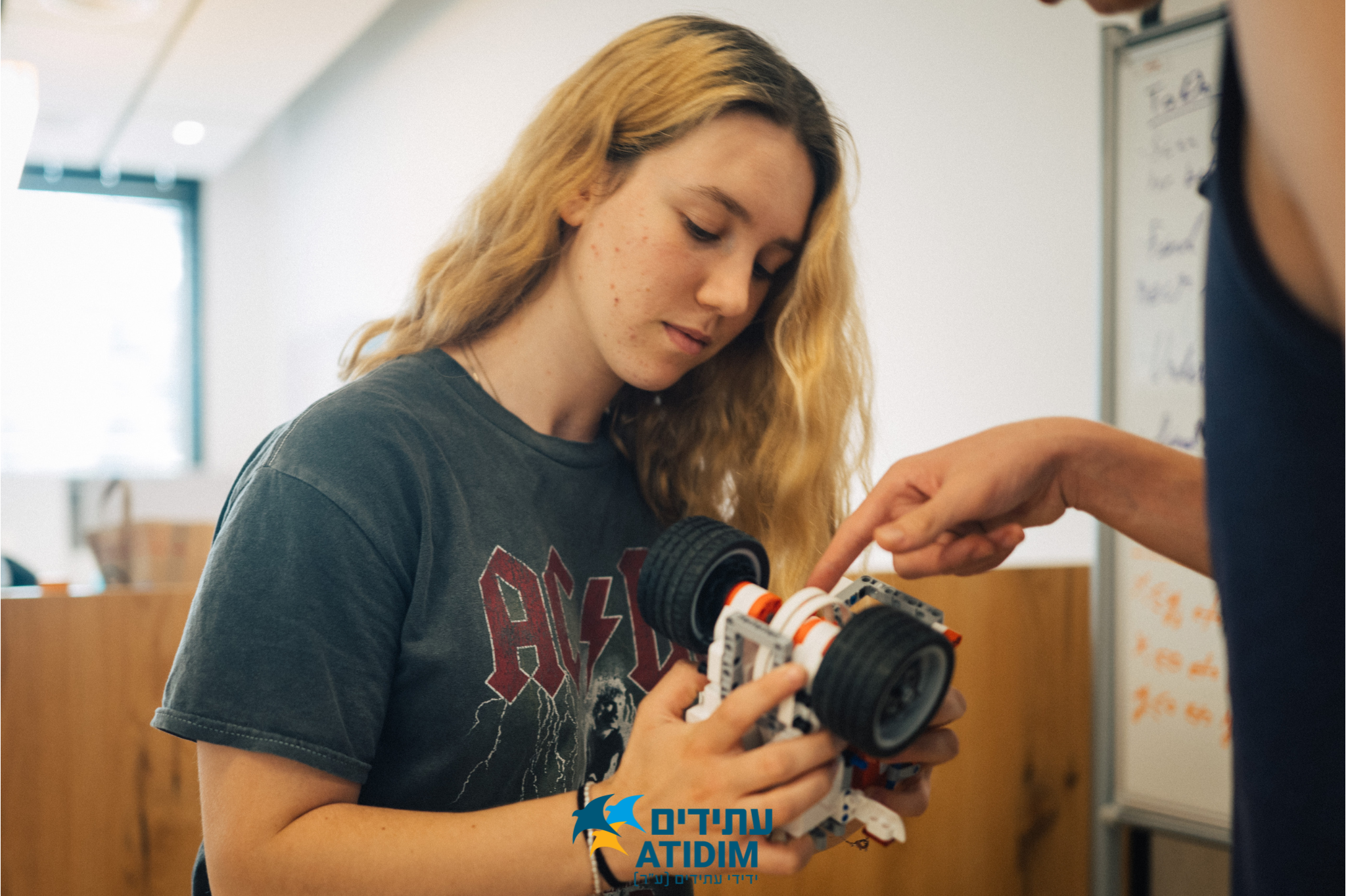
According to Rotem Glass Ben-Shaul, Program Director of Orobophysics:
“Our program provides high-achieving students from the periphery with the tools to think, explore, and lead. We offer them meaningful opportunities to grow academically and personally, while preparing them for real-life challenges—whether in the military, academia, or industry. This year, we’ve enhanced the program by combining online and in-person learning over the course of a full year, giving participants a more comprehensive and impactful experience.”
Glass Ben-Shaul adds:
“Beyond the educational and social value, Orobophysics represents a strategic economic investment. By helping reduce the national skills gap, the program creates a direct pathway for talented youth into Israel’s technology and defense sectors.”
Ofer Danino, Founder of Orobophysics, adds:
“Each student in this program represents a future of social mobility, national resilience, and technological leadership. Orobophysics uniquely combines academic excellence with scientific exploration, exposure to elite tech pathways, and enrichment opportunities that contribute deeply to the student’s long-term development.”
Registration is now open and will close on July 20, 2025.
The official program will begin on July 27, 2025, at the Technion campus in Haifa.
Enrollment is subject to a selective screening process and space is limited.
To apply or learn more:
https://forms.office.com/r/
Contact:
Rotem Glass Ben-Shaul
This email address is being protected from spambots. You need JavaScript enabled to view it. | +972-52-378-8333
Over the past few years, the Orobophysics program has successfully engaged thousands of students across Israel—particularly in underserved communities—offering them real-world exposure to science and technology through hands-on projects, lab practice, tech tours, and personalized mentoring from industry professionals
- Details
- Written by Silvia Golan

IMPORTANT NOTICE !!!!!! Due to the Emergency Situation, Maccabiah 2025 Postponed to Summer 2026
Itay Levy, Yuval Raphael, Eden Golan, Idan Raichel, and Shahar Saul will perform at the Opening Ceremony of the 2025 Maccabiah. The ceremony will be hosted by Anna Aronov and Assi Azar. Raz Hershko and Asaf Yasur will light the Maccabiah torch.
Ramat Gan – The countdown to Maccabiah 2025 got underway this evening (Sunday, June 8, 2025) with an event at Kfar Maccabiah, attended by about 100 guests, strategic partners, and the Maccabiah ambassador team. At the event, the first details were shared about the official opening ceremony, which will take place on Thursday, July 10, at Teddy Stadium in Jerusalem. The opening ceremony will be hosted by Anna Aronov and Assi Azar and will feature performances by some of Israel’s most prominent artists: Itay Levy, Yuval Raphael, Eden Golan, Idan Raichel, and Shahar Saul.
The torch will be carried to the stage by medal-winning athletes and Maccabiah 2025 ambassadors Asaf Yasur and Raz Hershko.
It was also announced that the Maccabiah is returning to Tel Aviv-Jaffa, nearly one hundred years after it was first held there. Alongside Jerusalem, Herzliya, and Haifa, Tel Aviv-Jaffa will host sports such as beach volleyball, wave surfing, rhythmic gymnastics, artistic gymnastics, 3x3 basketball, and rugby. In addition, a sports experience complex called Expo Maccabiah City — Israel’s Sports City — will be built for the first time. The complex will include interactive sports facilities, sporting performances, competitions, family activities, innovation and technology exhibitions, and more. The “Maccabiah City Expo” will be held over five days, from July 14–18.
Said Ron Huldai, Mayor of Tel Aviv-Jaffa, “Tel Aviv-Jaffa is proud to host the Maccabiah — an international sporting event that connects Jewish communities from all corners of the globe and strengthens the sense of belonging to Israel. Our city, which champions freedom, openness, and progress, is a natural stage for the celebration of sporting spirit and global Jewish unity. Especially during this period, sports remind us of the power of partnership, pride, and connection — values that have accompanied the Jewish people through the ages and are so powerfully expressed here, in Tel Aviv-Jaffa and in the State of Israel.”
The launch event was attended by, among others: Chairman of Maccabi World Union, Amir Peled; CEO of Maccabi World Union, Amir Gissin; CEO of Maccabiah, Roi Hessing; and the Maccabiah team of ambassadors: Peter Paltchik, Olympic bronze medalist in Paris 2024; Raz Hershko, Olympic silver medalist in Paris 2024; Asaf Yasur, Paralympic champion in Taekwondo Paris 2024; and Moran Samuel, Paralympic champion in rowing at Paris 2024, Paralympic champion at Tokyo 2020, and Paralympic medalist at Rio 2016.
“Maccabiah 2025 is a symbol of our hope, restoration, and resilience as a people after the most difficult period we have experienced in this generation,” said Assaf Goren, Chairman of the Maccabiah. “With a record number of host cities and municipalities, the Maccabiah is a direct contribution to Israel’s economy and tourism during such a challenging time. We are pleased to see the response from much of the world, even in this challenging and complex period, and we look forward to hosting thousands of athletes who will come to compete, discover, and get to know Israel — now, more than ever.”
“I would like to thank our many partners, especially the Israeli government led by the Ministry of Culture and Sports, for the great support we receive from national institutions and commercial companies that help us make the Maccabiah so big and powerful. Maccabiah 2025 will emphasize the importance of the relationship between the State of Israel and Diaspora Jewry and give us all hope for the future, while commemorating the events of the October 7th and the Swords of Iron War,” Goren concluded.
The production of the Maccabiah is made possible thanks to cooperation with the Ministry of Culture and Sports, along with key partners from the public and business sectors — including Keren Kayemeth LeIsrael, Strauss, Maccabi Healthcare Services, Colgate, Azrieli Foundation, Winner, Eldan, El Al, Reebok, Bank Leumi, Expo Tel-Aviv, Neviot, The Jewish Agency for Israel, The Israeli Olympics and Paralympics Association, The World Zionist Organization, Sheba Beyond, the IDF Disabled Veterans Organization, and others.
Local authorities hosting the various competitions include Tel Aviv-Jaffa, Herzliya, Haifa, Jerusalem, Ra'anana, Hadera, Valley of Springs Regional Council, Lod, Caesarea, Sderot, communities of the Gaza envelope, Gezer and Ramat Gan.
Maccabiah 2025 will be held from July 8–22 and will be the most significant in history, with over 8,000 athletes from 55 countries competing in 45 sports. Under the slogan “More Than Ever,” this year’s Maccabiah emphasizes the need for unity, strengthening ties with Diaspora Jewry, and connecting to Israel — today more than ever.
You are invited to follow the M25 Maccabiah and its events on the
www.tiktok.com/@maccabiah?lang=en">TikTok.
To purchase tickets for the opening ceremony, click here.
Photo Ronen Topelberg
- Details
- Written by Silvia Golan
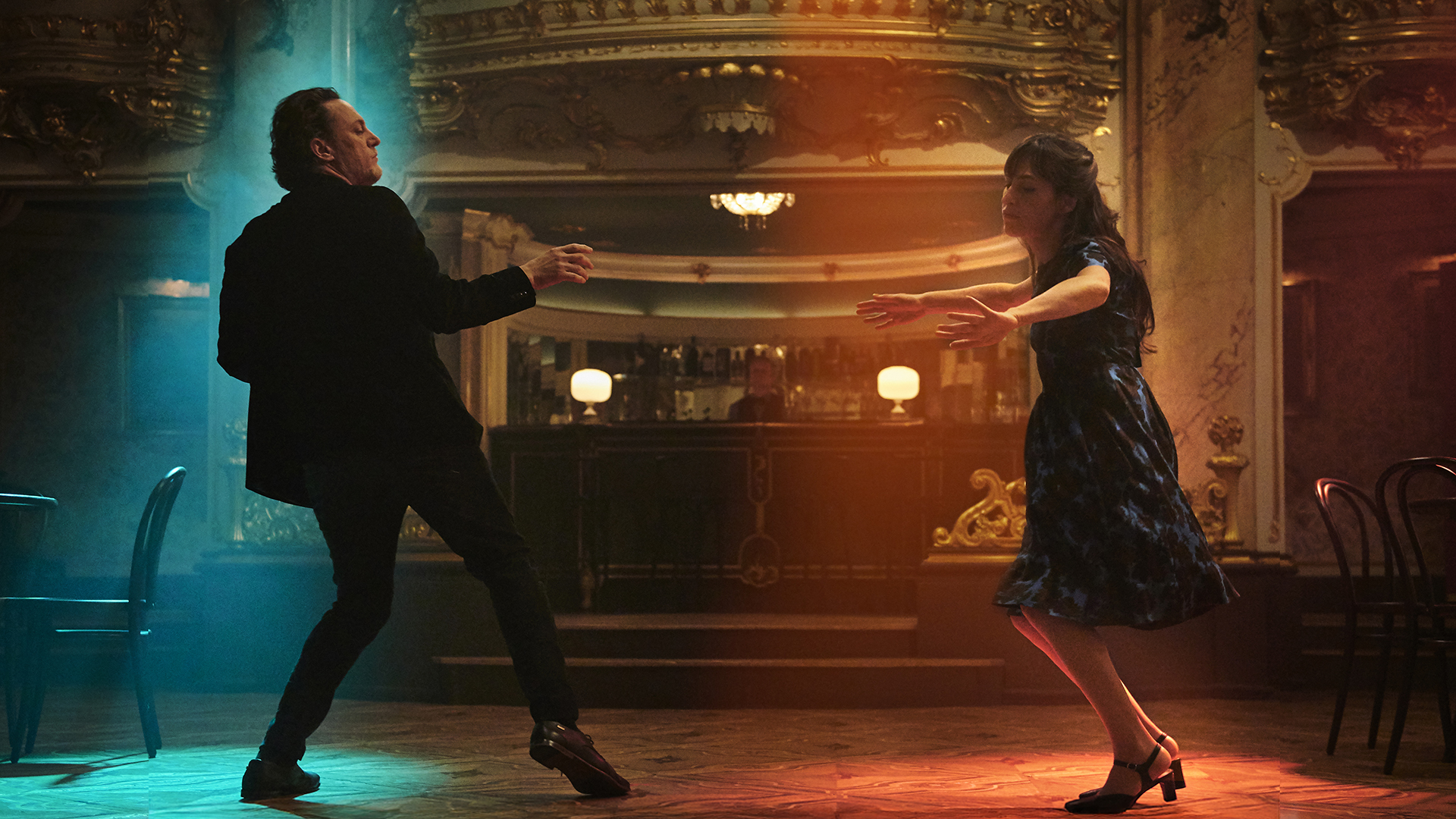
THE 42ND JERUSALEM FILM FESTIVAL PROUDLY ANNOUNCES THE ISRAELI LINEUP
The 42nd Jerusalem Film Festival (July 17–26, 2025) is proud to announce the Israeli films participating - a rich and diverse program of Israeli films, centered around award competitions for narrative, documentary, short, and experimental cinema.
IN THE PROGRAM:
8 films in the Haggiag Competition for Feature Films
6 films in the Diamond Competition for Documentary Films
17 films in the Diamond Competition for Short Films
2 feature films special screenings
7 films in the Israeli Video Art and Experimental Film Competition
Digitally restored print of David Perlov’s The Pill (1972)
The Wim van Leer Competition for High School Students
The total value of prizes to be awarded in this year’s Israeli and international competitions will be approximately one million NIS.
THE ISRAELI FILM COMPETITIONS INCLUDE:
- The Haggiag Competition for Israeli Feature Films
- The Diamond Competition for Israeli Documentary Films
- The Diamond Competition for Israeli Shorts
- The Israeli Video and Art and Experimental Film Competition
- The Wim Van Leer Competition for High School Students
THE HAGGIAG COMPETITION FOR ISRAELI FEATURE FILMS:
Bella by Zohar Shachar & Jamal Khalaily
Houses by Veronica Nicole Tetelbaum
The Sea by Shai Carmeli Pollak
Oxygen by Netalie Braun
Cuz You’re Ugly by Sharon Angelhart
Mama by Or Sinai
Nandauri by Eti Tsicko
Dead Language by Mihal Brezis, Oded Binnun
THE DIAMOND COMPETITION FOR ISRAELI DOCUMENTARY FILMS:
Crazy Spring by Chen Shelach
Where’s Yadida? by Israela Shaer Meoded
Malachi by Noam Demsky, Ido Bahat
The Dreamer by Kobi Farag, Morris Ben-Mayor, Omer Shiloach
On Thin Ice by Udi Kalinsky, Irit Hod
One Street in Silwan by Bissan Tibi
OUT OF COMPETITION:
Yes by Nadav Lapid
My One and Only by David Tauber
THE Pill by David Perlov
THE DIAMOND COMPETITION FOR ISRAELI SHORTS:
The Things we Do For Love and a Foreign Passport (Ayal Sgerski) The Tower (Asaf Goldberg) Butterfly Kiss (Zohar Dvir) Yes or No (Asaf Korman) Tongue Behind Teeth (Ira Eduardovna) Thresholds (Shira Havron) Frames for Michael (Liya Daniel Elbashan) A Bird's Wish (Gan de Lange) Palm Tree in Gaza (Tamara Abu Jama) Half a Date (Eden Abitbol) Before Anyone Else (Ziv Mamon) Home Base (Amit Kra) In Pigeons Blood (Chaya Moshayev, Hod Adler) Dalia's Tea Casts a Shadow on Mount Fuji (Oren Garner) Maintenance (Rotem Avidani) Not my Weekend (Rona Segal) Edna and the Dog (Danielle Wiesman)
THE ISRAELI VIDEO ART AND EXPERIMENTAL FILM COMPETITION:
High Alert (Hadar Saifan) Carousel (Guy Hamiel) Child (Yaron Attar) A Word Required (Lyri Milo) Spirits of War (Moti Brecher) Escape Will Get You Tonight (Noa Simhayof Shahaf) Orientations (Daniel Kiczales)
THE ISRAELI FILM AWARDS PRESENTED IN THE FESTIVAL:
The Haggiag Award for Best Feature, through the Jerusalem Foundation; the Diamond Awards for Documentary Films; the GWFF Awards for Best First Film Feature; the Anat Pirchi Award for Best Performance; the Aliza and Micha Shagrir Award for Editing; the Aharon Emanuel Award for Cinematography; the Yossi Mulla Award for Best Original Score; the Diamond Awards Israeli Shorts; and the Ostrovsky Family Fund Awards for Experimental Cinema.
The Wim van Leer Competition for High School Students will award the David Harman Film Prizes for Documentary Cinema and the Teddy Productions Awards for Narrative Film.
For more, please see: https://jff.org.il/en
- Details
- Written by Steven Aiello / DebateforPeace
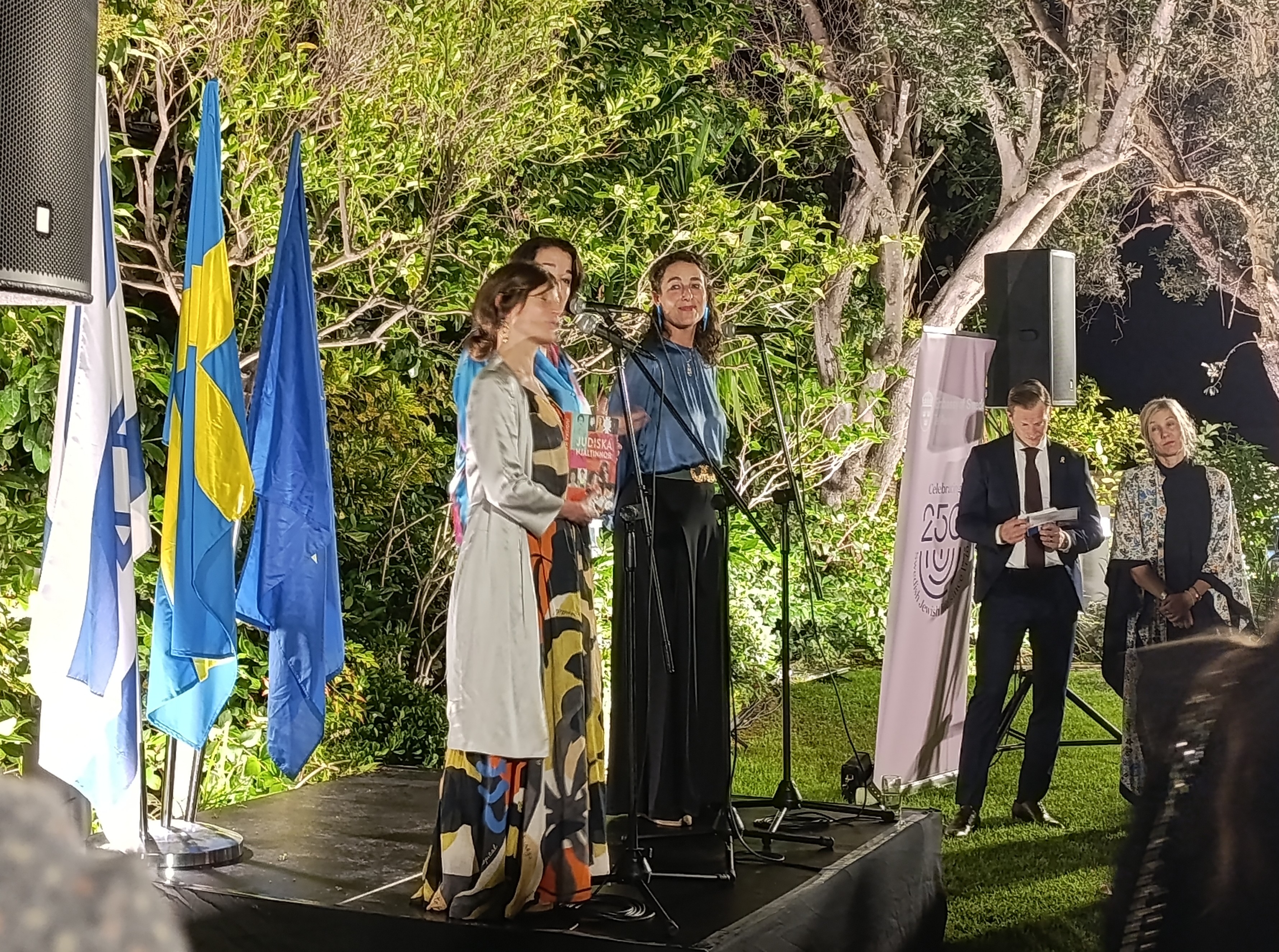
The Embassy of Sweden marked a Quartermillenial of Jewish life in Sweden with a cultural evening of art, history, cuisine, and music. The evening, commemorating 250 years of Jewish-Swedish history, was held at the Ambassador’s Residence in Herzliya.
During the reception, guests were able to learn from posters of prominent Swedish Jewish women based on the book “Swedish Jewish Heroines” by Ms. Joanna Rubin Dranger, Ms. Karin Brygger, and Ms. Anneli Radestad, as well as an exhibition on the stories of contemporary young Swedish Jews, based on the @stoltjude social media project, supported by the Jewish Youth Federation of Sweden and the Living History Forum. The guests also enjoyed the rich tastes of Swedish Jewish cuisine.
H.E. Ambassador Alexandra Rydmark welcomed guests to the opening reception, and highlighted the prominence of Jews in Swedish history, and the commitment of the government of Sweden to honoring the shared history, while ensuring a strong future for the Jewish community of Sweden. The ambassador noted the difficult circumstances facing Israel over the last 18 months, and called for a swift end to the war, return of all the hostages, and advancement of peace. Following the ambassador’s remarks, the audience heard from Aron Verstandig, who arrived from Sweden representing the Official Council of Swedish Jewish communities. Mr. Verstandig framed the evening in the context of Jewish history in Sweden, emphasizing the vibrant nature of the current Jewish community and its support from the government of Sweden, including in marking this historic occasion.
The guests also heard from two of the authors of the book “Swedish Jewish Heroines”, who explained their motivation in creating a book that would focus on not just feminist figures, but specifically Jewish Swedish ones, from nobel prize winners to pioneers and innovators, those who were born in Sweden and those who found refuge in Sweden, particularly after World War II. Finally, the formal part of the evening concluded with a contemporary dance performance by a duet of Israeli dancers, set to a musical backdrop of Swedish music.
The reception was just part of a series of events held by the embassy to honor 250 years of Jewish life in Sweden. Among the other events organized under these auspices were a seminar on addressing anti-Semitism, a documentary screening of the Swedish film “The Bridge Players”, and a “Fika Talks” book talk with award-winning author and illustrator Joanna Rubin Dranger and Christer Mattsson, researcher and director of the Segerstedt Institute at the University of Gothenburg, moderated by Human Rights Lawyer Jonatan Macznik, on the topics of Jewish history, identity, and memory.
Steven Aiello
Director, Debate for Peace
Visit our website: http://debateforpeace.org/








